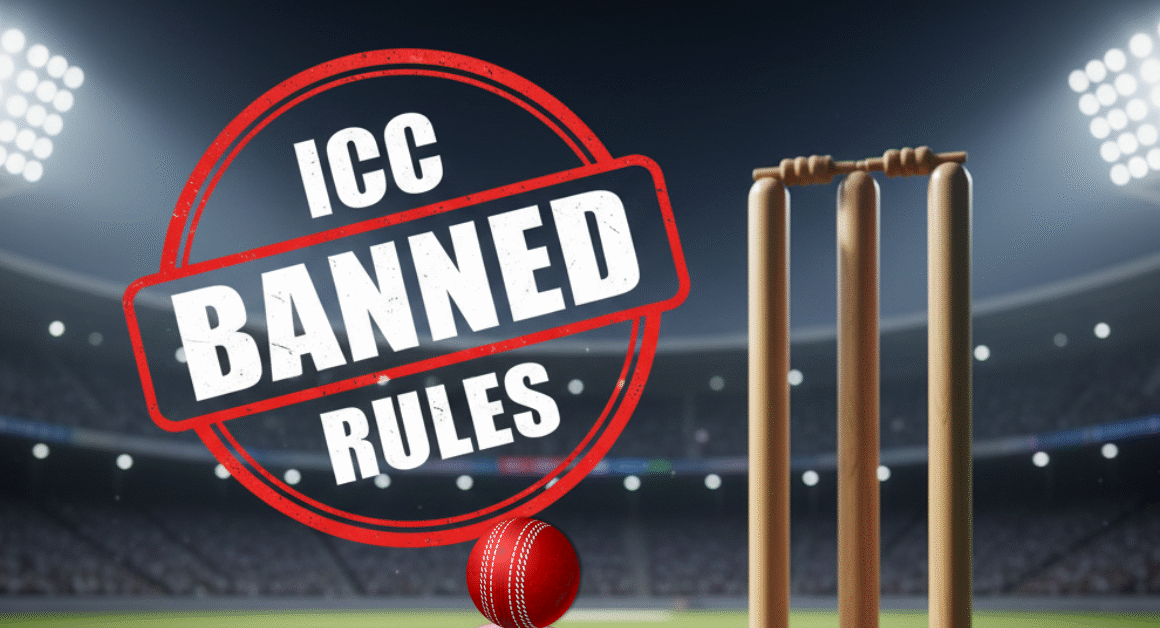LBW in cricket is one of those rules that can confuse even regular viewers, especially if you’re just getting into the game. You’ll often hear commentators shout, “That’s plumb LBW!”—but what does that actually mean? Don’t worry, this guide will break it down in plain English so you can finally understand one of cricket’s most debated rules

What Does LBW Mean in Cricket?
LBW stands for “Leg Before Wicket.” It’s a way a batsman can be declared out. It happens when the ball hits any part of the batter’s body (usually the legs) before hitting the bat, and the umpire believes the ball would have hit the stumps if the batter’s leg hadn’t blocked it.

Why is the LBW Rule Needed?
The LBW rule prevents batters from using their bodies—especially their legs—to unfairly block the ball from hitting the stumps. Without this rule, a batter could just stand in front of the wickets and pad everything away without trying to use the bat.

The Conditions for an LBW Decision
Not every ball that hits a leg is LBW in cricket. The umpire considers a few key factors:
- The ball must pitch in line with the stumps or on the off side (not the leg side).
- It must hit the batter’s pad or body before the bat.
- The ball must be going on to hit the stumps (this is where technology like ball tracking helps).
- The batter must not be offering a shot if it hits him outside the off stump


Common Misconceptions About LBW
A lot of people think any ball hitting the pad is out—not true! Also, if the batter hits the ball with the bat first, it’s not LBW. Another common confusion is around the “pitching outside leg stump” rule—if the ball bounces outside leg stump, it’s never out LBW, even if it’s hitting the stumps


How Technology Helps with LBW Today
Thanks to the DRS (Decision Review System), umpires now have tools like Hawk-Eye and ball tracking to assist them. This has made LBW decisions more accurate and fair, though not without the occasional controversy.

Famous LBW Moments in Cricket History
Who can forget Shane Warne’s flipper trapping Mike Gatting, or Sachin Tendulkar’s controversial LBW in the 2011 World Cup semifinal? These moments show how crucial—and game-changing—an LBW can be

Final Thoughts: Why LBW Matters
LBW in cricket might seem complicated at first, but it’s one of the fairest ways to keep the game balanced between bat and ball. Whether you’re watching or playing, understanding LBW helps you enjoy cricket on a whole new level.












